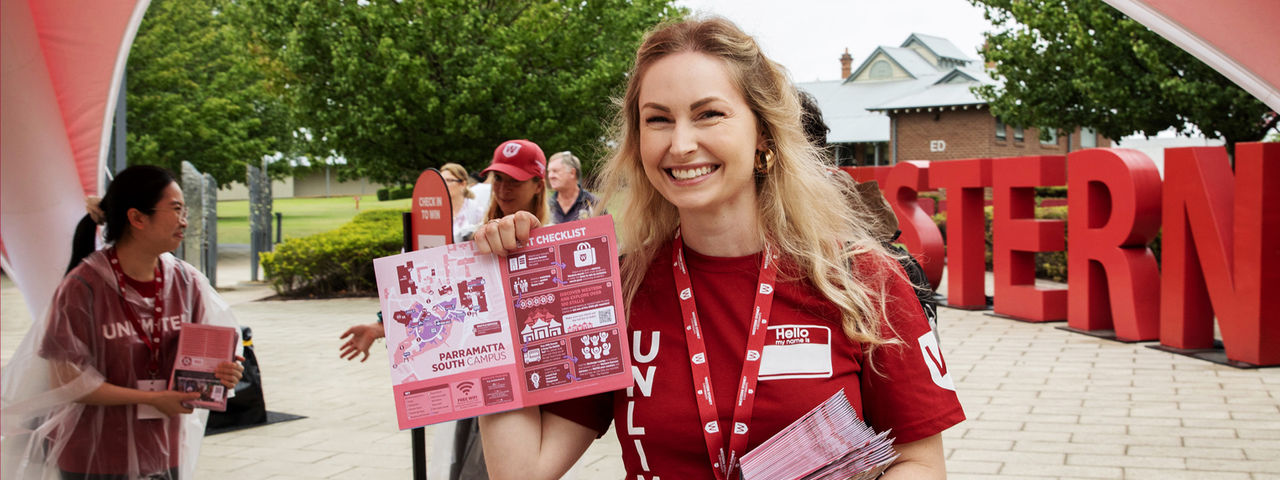Today's E-Updates
Need support?
EAP is a professional, confidential coaching service for employees and their immediate family members (spouse, partner, parents, parent’s in-law, children, etc), paid for by the University.
EAP is a solution focused program aimed at assisting with personal or work related issues that may be impacting on quality of life or sense of wellbeing.





